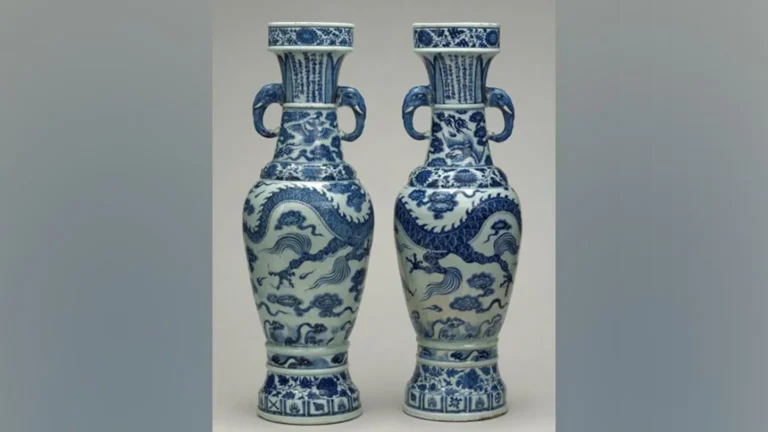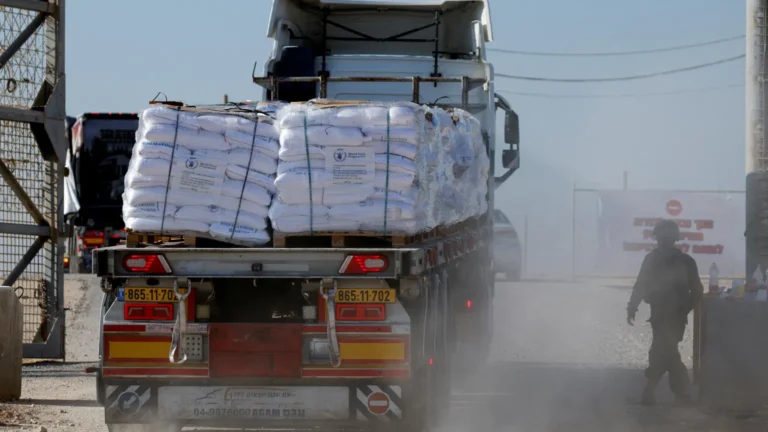
Long post-viral fatigue is a debilitating condition that affects many individuals after they recover from viral infections like Covid-19. One example is Rachael Edwards, a 31-year-old marketing manager from Amsterdam, who has struggled with extreme fatigue since her infection in the summer of 2023. Unlike ordinary tiredness, this fatigue feels like a heavy weight, making even simple tasks impossible, and has left her bedridden for weeks.
This phenomenon, now widely known as long Covid, sheds light on the broader issue of post-viral fatigue, which has been observed in patients after infections like SARS, Ebola, Epstein-Barr virus, and Lyme disease. For years, post-viral fatigue was poorly understood and often dismissed as psychological. However, with the rise of long Covid, researchers are now beginning to delve deeper into the complexities of this condition.
One prominent figure in this research is Rosalind Adam, a GP from Aberdeen, Scotland. Adam is working on a study that tracks the fatigue levels of 40 patients with various conditions, including long Covid and heart failure, using digital sensors to monitor parameters like heart rate, sleep, and physical activity. This research aims to identify patterns of fatigue, which could eventually lead to more accurate diagnoses and better-targeted treatments.

One severe form of post-viral fatigue is post-exertional malaise (PEM), where even minimal exertion can cause a significant energy crash that lasts for months. David Putrino, a professor at Mount Sinai in New York, suggests that PEM may be caused by a “mitochondrial dysfunction,” where the body’s energy-producing structures, the mitochondria, are damaged during the infection process. Infections hijack these mitochondria, using them to replicate the virus, creating an “energy debt” that the body cannot recover from easily. When people push themselves too soon after an infection, it can trigger a flare-up of the virus or reactivate dormant viruses, worsening the fatigue.
Another factor contributing to post-viral fatigue may be autoimmune responses, where the body’s immune system mistakenly attacks its own tissues, causing muscle weakness and fatigue. For example, survivors of Ebola have shown signs of prolonged immune system dysfunction, contributing to their ongoing fatigue.
Putrino and other experts are also studying impaired waste clearance in the body as a potential cause of fatigue. When mitochondria work overtime during an infection, they generate oxidative stress, but the body struggles to clear these toxins, leading to symptoms like brain fog and muscle fatigue. Research also indicates that long Covid patients have a buildup of toxins in their muscle fibers.
Traditional approaches, like “pacing” (gradually increasing physical activity), do not always help. In fact, for some patients with long Covid, Lyme disease, or ME/CFS (myalgic encephalomyelitis/chronic fatigue syndrome), this method can worsen the condition.
To address this issue, scientists are exploring a variety of treatments. Some studies are testing enzyme therapies like lumbrokinase to improve mitochondrial function, while others are investigating medications like low-dose rapamycin, which could help repair damaged cells. For those with less severe post-viral fatigue, supplements like coenzyme Q10, a substance vital for mitochondrial energy production, may help reduce fatigue levels.
Another interesting aspect of the research is identifying which individuals are more prone to post-viral fatigue. People with pre-existing conditions like muscle tension, chronic injuries, or nerve damage might be more vulnerable due to impaired oxygen delivery in their bodies. Experts like Betsy Keller, a professor at Ithaca College, are exploring how lifestyle factors, such as prolonged sitting or muscle tension from poor posture, may contribute to fatigue after an infection.
As research continues, it is clear that post-viral fatigue is a multifaceted condition, with multiple potential causes and mechanisms. Understanding these can help develop more effective treatments, offering hope to those suffering from long-term fatigue after an infection.




